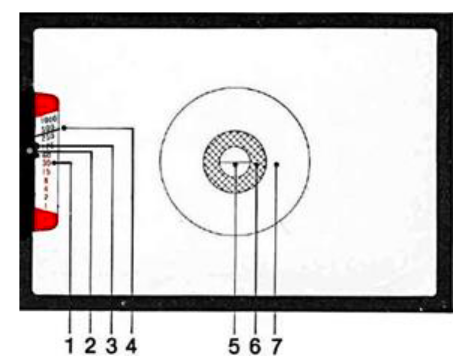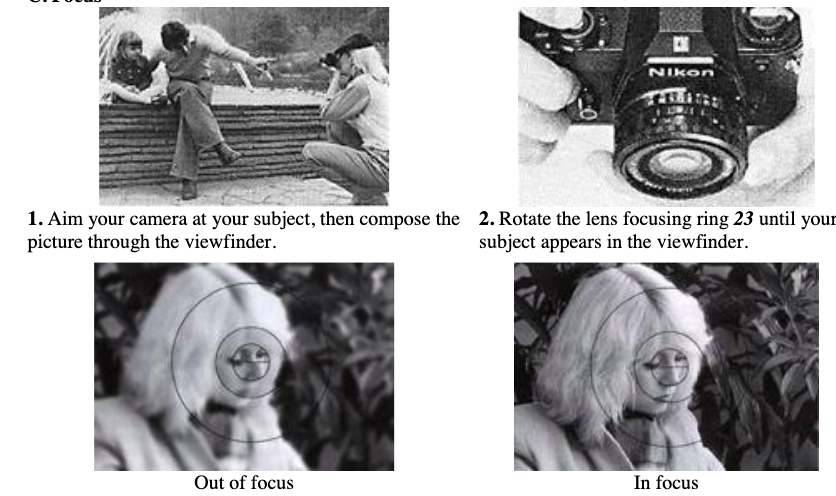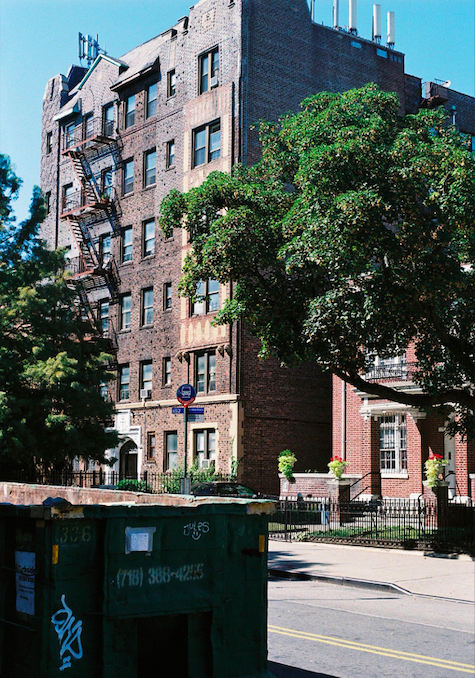The first film photos I ever took were not of publishable quality, but I told myself that film photography is an inherently imprecise art and that I should be happy with whatever outcome. I am lucky to have a friend who has been a guide throughout my few years of shooting film and just as he tutored me about these three integral components of film photography, I will try to impart some of that wisdom in this blog post.
Shutter speed: This is a setting to control how fast the shutter opens/closes to let the light into the compartment containing the light-sensitive film. For more on the shutter’s location in the camera, see the video embedded in my first inquiry blog post. After your film canister is loaded into the camera and before you take and pictures, make sure to set the ASA dial to the film speed labelled on the packaging. For the film I am about to load, I will set it to 400.

400 ASA is the film speed, or the film’s sensitivity to light. This film speed is recommended for general, all-purpose photography, which I why I have used it for most of my shooting (along with black & white occasionally, which I have found even more forgiving). My Nikon EM was designed for novice photographers, so this is really the only crucial setting that the user must be sure to fulfill before taking any photos.
Aperture: The smaller the f-stop number, the larger the opening. The higher the number, the smaller the opening. A large opening means more light gets into the camera; so if I was shooting in bright daylight, I would select a large number (a higher f-stop, say f/22). My Nikon EM operates on aperture priority mode; it is a semi-automatic film camera that has a light meter and a battery, automatically adjusting the shutter speed to get the correct exposure. The EM manual describes this best. When looking through the viewfinder, the user will see a shutter speed scale on the left. Numbers correspond to fractions of a second, or how long the shutter remains open to expose the film to light 1000=1/1000 sec.

The red numbers on the bottom and the red zones indicate over or under exposure. What comes next here really shows how the EM is a beginners camera. The user can depress the shutter release button halfway down. That’s right, careful not to push it all the way down which would snap a picture, but just halfway to engage the mechanical aspects of this film camera.
This is the light meter, which will determine the correct aperture you need to use to get the optimally exposed shot. The camera will actually beep to warn the user if they are set to over-exposure. Toggle the lens aperture (in the above photo, mine is shown with the white dot, f/16) to stop the beeping. As you change aperture, the needle (#4 in above viewfinder diagram) will move up or down the shutter speed scale. Stop when you have selected an aperture that makes the needle stop as close as possible to the film speed that is loaded in your camera. Then . . .
Focus: This is the final piece. Turn the focus ring until the image in the field of the viewfinder appears sharp. If you’re shooting something close to you, the outer field (#7) should be sharp so that your subject appears on film as clearly as possible. The lens focusing ring can be seen in the picture of my camera above. The numbers above the f-stops are related to the focusing ring and should align with how near or far away the user is from the subject/object. This is the most natural part of the process since it is easier to see if your shot will turn out fuzzy or not; conversely, if the aperture is off your photo will be too bright or dark.


I’m really enjoying reading about all your learning with film photography! I appreciate how in the post you detailed what shutter speed, aperture, and focus actually are and how they apply to you – I found this helpful to understand your project, and it will be useful to refer to later! I also enjoy how detailed and specific you are in reflecting on these elements. I wonder if it would be nice if you posted your first photos, even though they are not of “publishable quality?” It would be really neat to see your progression throughout the term!